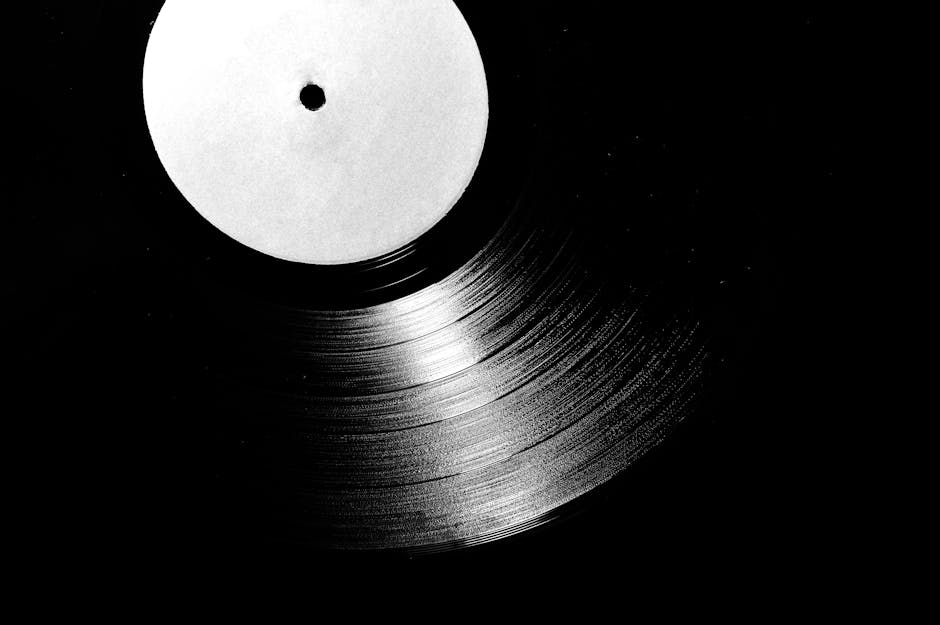The 1920s: A Time of Innovation and Transformation
A hundred years ago, the world was on the cusp of technological transformation. The 1920s, often referred to as the “Roaring Twenties,” were a time of innovation, cultural shifts, and the rise of modern conveniences. Among these advancements, the telephone emerged not just as a communication tool but as a multifunctional device that began to influence daily life in unexpected ways. One such fascinating use? The telephone as an alarm clock.
The Problem with Traditional Alarm Clocks
In the early 1920s, alarm clocks were already a common household item, but they were far from perfect. Mechanical alarm clocks of the era were often unreliable, prone to malfunction, or simply too quiet to rouse heavy sleepers. Enter the telephone, a device that was becoming increasingly accessible to the middle class. While its primary purpose was to connect people across distances, inventive minds soon realized its potential to serve other purposes.
The Rise of the Wake-Up Call Service
The concept was simple yet ingenious: instead of relying on a traditional alarm clock, individuals could request a “wake-up call” from their local telephone operator. This service, which became popular in urban areas, allowed people to schedule a phone call at a specific time to ensure they woke up on time. The operator, often a central figure in the community, would dial the subscriber’s number at the designated hour, and the ringing of the telephone would serve as the alarm.
This practice was particularly popular among business professionals, travelers, and anyone with an early morning commitment. Hotels, for instance, adopted the service to cater to guests who needed to catch trains or attend meetings. The reliability of the telephone operator’s wake-up call was unparalleled, as it eliminated the risk of oversleeping due to a faulty clock or a forgotten wind-up.
A Reflection of Societal Changes
The use of the telephone as an alarm clock also reflected the broader societal changes of the time. The 1920s marked the beginning of a more fast-paced, interconnected world. People were increasingly reliant on technology to streamline their lives, and the telephone was at the forefront of this shift. The wake-up call service was a testament to how adaptable and versatile this technology could be, transcending its original purpose to become an essential part of daily routines.
Challenges and Limitations
However, this service was not without its quirks. The human element introduced by the telephone operator meant that wake-up calls were sometimes delayed or missed due to operator errors or high call volumes. Additionally, the service was often limited to urban areas with well-established telephone networks. Rural communities, where telephone access was still a luxury, continued to rely on traditional alarm clocks.
The Decline of the Wake-Up Call Service
As technology advanced, the need for operator-assisted wake-up calls diminished. The invention of the electric alarm clock in the 1920s provided a more reliable and independent solution. By the mid-20th century, the practice of using the telephone as an alarm clock had largely faded into obscurity, replaced by personal alarm clocks and, eventually, digital devices.
A Charming Reminder of a Bygone Era
Yet, the story of the telephone as an alarm clock remains a charming reminder of a bygone era. It highlights the ingenuity of early 20th-century society and the ways in which people adapted emerging technologies to meet their needs. Today, as we rely on smartphones that combine countless functions into a single device, it’s worth reflecting on the humble beginnings of such innovations.
The Lasting Impact of a Simple Idea
The telephone’s brief stint as an alarm clock may seem quaint by modern standards, but it was a significant step in the evolution of timekeeping and personal productivity. It’s a testament to how even the simplest ideas can leave a lasting impact, shaping the way we live and work for generations to come.
As we mark a century since this curious practice, it’s a reminder that innovation often lies not in creating entirely new tools but in reimagining the potential of those we already have. The telephone as an alarm clock may be a relic of the past, but its legacy lives on in the way we continue to harness technology to make our lives easier, one ring at a time.




